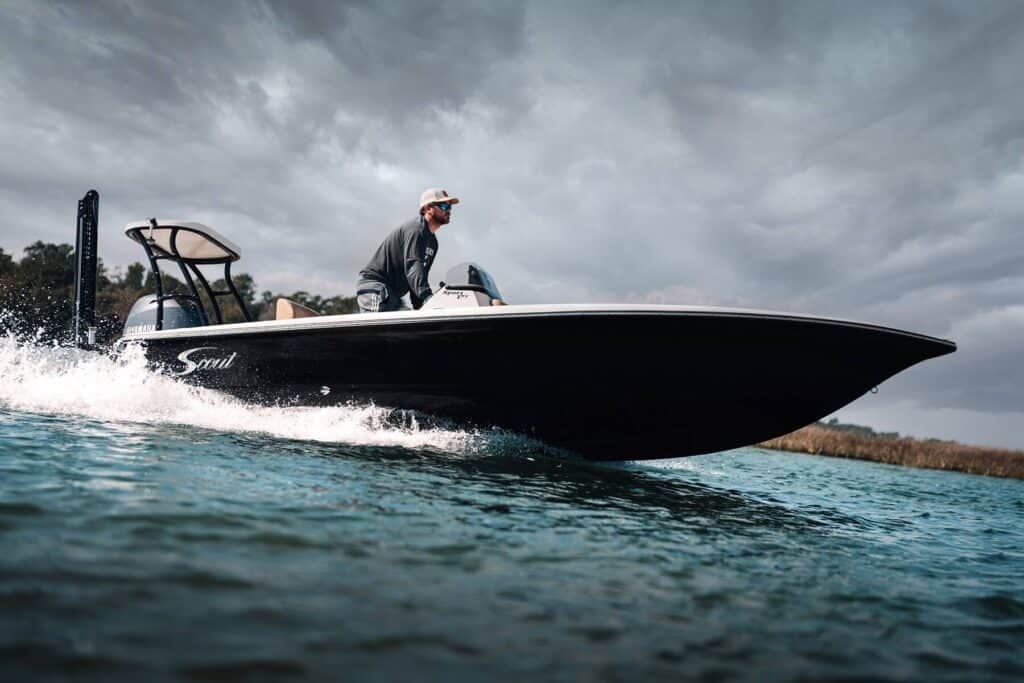
Fly fishing is a form of angling that takes practice, patience, and nearly-perfect presentation. One of the most important keys to success is presenting the fly in a manner that is attractive, and not startling, to a fish.
The appropriate use of a tippet vs leader will help you catch more fish, but these two are often confused, even by experienced anglers. Once you understand the difference, you’ll be able to attract more fish and fully enjoy your outdoor adventures.
Tippet vs Leader: Know the Difference
What is a Leader?
If you are looking from the reel to the end of your line, where the fly is tied, the leader will come first. The leader is basically the end of the thicker line that tapers in (gets thinner) and eventually is tied to the end of the tippet or straight to the fly. (Both systems are used in fly fishing.)
The leader is attached to the fly, and it gets thinner at the end to allow for a longer distance in your cast. As the energy from the heavier end of the line is transferred to the leader, it essentially pushes the fly outward, creating greater distance.
Most fly-fishing leaders are a tapered monofilament nylon; they are larger in diameter closer to the reel (this is called the “butt” end) and get gradually thinner.
What is a Tippet?
A tippet goes between the line and the leader. Although they are not always used, they are extremely common in fly fishing. Tippets are made from a small, thin monofilament, usually much thinner than the thinnest end of the leader. It’s often the smallest and thinnest part of your line, and it’s also flexible, which allows your fly to float more naturally.
For most fly fishing, the tippet is roughly two to four feet in length. It’s a replaceable piece of monofilament that you can adjust depending on your needs. For example, if you are using extremely light flies for trout, a thin tippet is preferred. However, if you are casting large streamers for redfish, a thicker, stronger tippet will be needed.
One of the main purposes of a tippet is to keep from constantly replacing the leader. Leaders are expensive, but if you fish on a regular basis they will become stiff and begin to weaken. The last thing you want is to lose a fish because of a weak, damaged leader, so tippets are used to basically take the abuse and be replaced. This makes fishing far more affordable and more convenient, as tying on a tippet is easier than replacing the leader.
Get the Boat You Deserve for All Your Adventures!

Fly fishing isn’t just for mountain streams. Some of the top saltwater species are caught on fly rods, including redfish and bonefish. But you’ll need the right boat for these activities. With a top-quality luxury fishing boat from Scout, you’ll get the most from your leader, tippet, and fly!
Visit Scout Boats today to learn more about our complete selection of high-quality luxury fishing boats!

